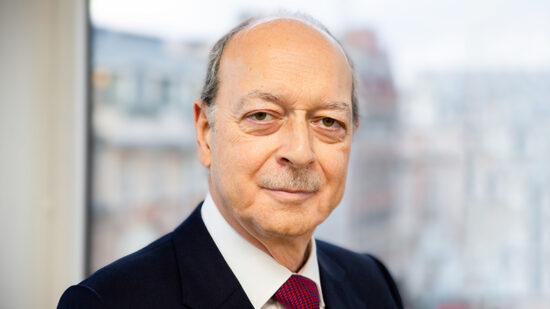Tom Becket, CIO at the investment management firm, said the team had become more cautious after witnessing almost euphoric sentiment and heightened levels of complacency among investors over the last year.
In the face of growing economic troubles, the team has upped cash levels in its Psigma balanced portfolio from 0% to 5.5% over the past 18 months.
It has also increased levels of sovereign debt and short-dated credit at the expense of global equities, high yield bonds and property.
The expected end of quantitative easing by central banks around the world could also spell liquidity issues for markets, Becket warned.
“In 2018 you are about to see a significant foot being slammed on the brake of these quantitative easing measures, and actually that is going to go into reverse in 2019 and 2020,” he said.
“I am not smart enough to know exactly how that will impact asset markets, but I am smart enough to know that whenever asset markets have done well in the past it’s been when liquidity is coming into the system.
“Now it is coming out of the system our view is by the end of this decade, probably in 2018, you are going to see a significantly negative period for many asset markets.
“We have started to position our portfolios now in expectation of it being a much more difficult environment after, frankly, nine years of very good returns and opportunities to make very easy returns on behalf of clients.”
While Becket and the team’s overall view is that economic growth will remain “dull but not disastrous” over the coming years, they argue investors should stop assuming traditional assets such as equities and bonds will still offer solid returns.
Rory McPherson, head of investment strategy, said: “Asset markets are getting a bit overheated, sentiment is too enthusiastic and at the same time central banks might be taking their foot off the gas with QE, so we are pretty defensively positioned and very targeted.”
He has increased the balanced portfolio’s exposure to alternatives from 10% to 13% and added: “One of the key messages we are trying to get across to clients is that owning those traditional investments, traditional bonds, traditional equities, is going to set you up for a fall.
“Clients have to embrace the power of thinking differently and owning assets that perhaps aren’t so familiar to them.”







